Daniel Defense has a solid reputation as a manufacturer of top-tier AR-style rifles, so the firm’s recent introduction of a pistol-caliber carbine (PCC) was no surprise. It did, however, invite the question: Would the PCC live up to the high standards shooters expect from Daniel Defense?
Before we answer that question, note that the Daniel Defense PCC was introduced in three versions, all chambered in 9 mm: the SBR with an 8.3-inch barrel, the large-format pistol with an 8.3-inch barrel and a brace and the PCC 916 carbine with a 16-inch barrel. We chose to test the 916 because it offers more versatility—from home defense and plinking to competitive use—as well as greater bullet velocity and energy on target.
The PCC 916 is built upon forged 7075-T6 aluminum AR-style upper and lower receivers that have been shortened, resulting in a slightly more compact and maneuverable platform. Fit between the upper and lower receivers is excellent, with no noticeable side-to-side wobble. The gun’s direct-blowback action is mated to a Kynshot hydraulic buffer that makes the carbine an exceptionally soft shooter. Both receivers have a Type III hardcoat-anodized protective finish. The 916 comes with one easy-to-load CZ Scorpion 35-round magazine that inserts easily into the beveled magazine well. Notably, in burning through 150 rounds in testing, the action never failed to lock back on an empty magazine.
Mirrored ambidextrous controls are one of the PCC’s outstanding features. These include the selector, paddle-style bolt catch and push-button magazine release. Anyone who is familiar with an AR can easily operate the gun, because controls are located approximately in the expected positions. The charging handle is also ambidextrous, as the wings operate independently. The charging handle is neither too big nor too small, making it easy to grip and rip without worrying that it might snag on anything.
The bolt-release, safety-selector and magazine release are mirrored on both sides of the carbine to allow fully ambidextrous operation • Daniel Defense’s rubberized pistol grip provided ample purchase • M-Lok attachment slots grace the fore-end, allowing lights, lasers and other accessories like the included vertical foregrip to be mounted • Enlarged for superior performance, the ejection port facilitated problem-free operation • The proprietary buttstock is designed to make it easy to shoulder the carbine and to keep it in place while shooting • CZ Scorpion magazines feed the PCC 916 and are plentiful in the aftermarket • Daniel Defense’s take on the A2 flash hider tops the muzzle.
The PCC 916 sports a hammer-forged, 16-inch, stainless-steel barrel with five-groove rifling and a 1:10-inch twist rate. The barrel has a proprietary heavy profile that bumps weight to 7.05 pounds, further mitigating recoil and making it easy to stay on target. Its muzzle is threaded 1/2×28 tpi and topped with a Daniel Defense A2 flash hider. Barrel finish is black Cerakote.
Further, the gun is equipped with a 13.5-inch freefloat rail with a host of M-Lok slots all around and a full-length Picatinny rail up top, so you can add any combination of optics or accessories you prefer. The rail has two QD cups, located on each side just forward of the receiver, as well as two on the buttstock.
Furniture is all Daniel Defense. This includes a glass-filled polymer buttstock and pistol grip with soft-touch overmolding. I give the gun high marks for its ergonomics. The gun’s rubberized overmolding helps achieve a solid cheek weld and a firm grip in any weather. With the five-position buttstock collapsed, the gun measures just 32 inches. Fully extended length is 35.25 inches. The buttstock has a thin-rubber recoil pad, but it is more to anchor the gun in your shoulder than to absorb recoil, which is in any case extremely minimal. The gun comes with a forward vertical grip already installed.
Functionally, the gun ran flawlessly, even though I never bothered to lubricate the bolt or give the gun much time to cool between shot strings. Ejection of spent cases was consistently forward at about the 2-o’clock position.
Although most shooters would mount a red-dot optic on the PCC, I mounted a familiar Leupold Mark AR scope on the gun to squeeze maximum accuracy from it. Testing, which consisted of five, five-shot groups per load at 50 yards, yielded good results for 9 mm ammo. Hornady’s 115-grain Critical Defense load printed average groups of .97 inch, while Speer’s 135-grain Gold Dot Carbine load and CCI’s 115-grain Blazer load weren’t far behind. The only load that didn’t fare as well was Federal’s heavier 150-grain Syntech ammo. Velocities ranged from 1,060 fps for the heaviest bullet to nearly 1,350 fps for the lightest.

With one exception, the PCC 916 checks all the boxes. My only knock on the gun is its trigger, which I view as a placeholder. It had a gritty, inconsistent take-up before stacking and breaking at a (to me) heavy average pull weight of 7 pounds, 14 ounces. Granted, the gun is designed for adverse conditions and not as a sub-MOA tack-driver, but the pull weight was an unpleasant surprise. I achieved respectable accuracy in testing, but it was a struggle to do so. I suspect the gun would shoot even tighter groups with a better trigger. If the gun were mine, I’d replace the trigger with one like the single-stage Timney AR PCC, which has a pull weight of 2.5 to 3 pounds.
With a MSRP of $1,949, the PCC 916 isn’t the cheapest PCC out there, but it’s accurate, reliable, at home in a multitude of roles and backed by a 100-percent-satisfaction guarantee from Daniel Defense. With its pronounced lack of recoil, it is also immeasurably fun to shoot.

Read the full article here





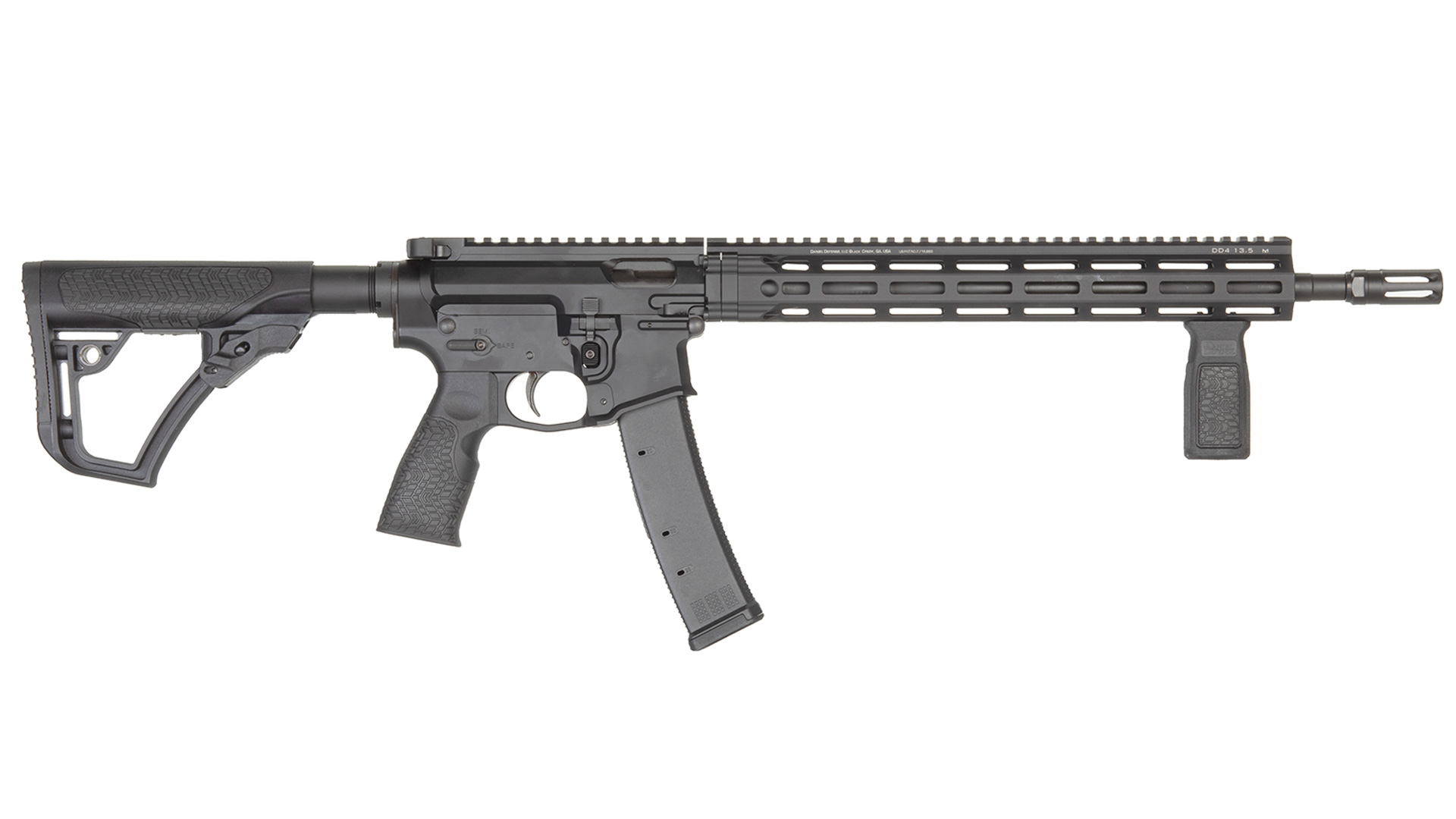
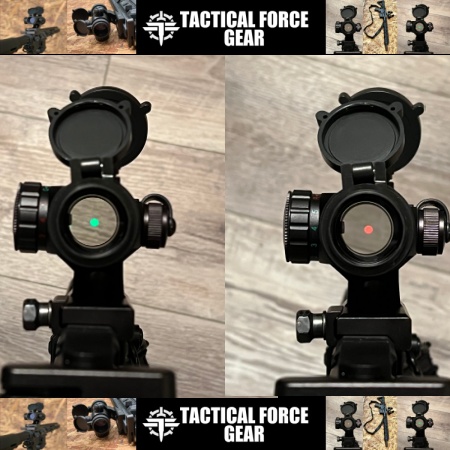

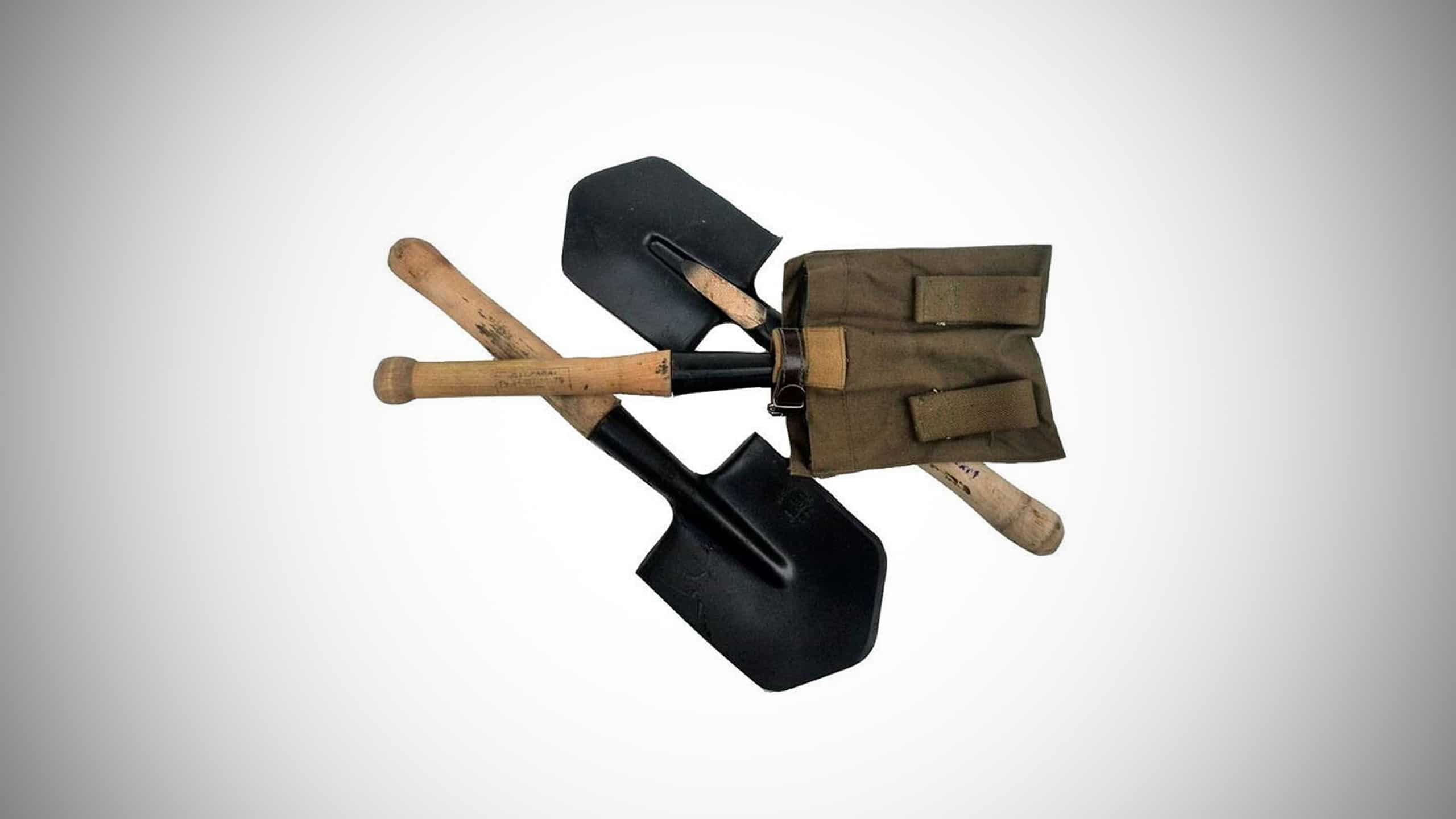
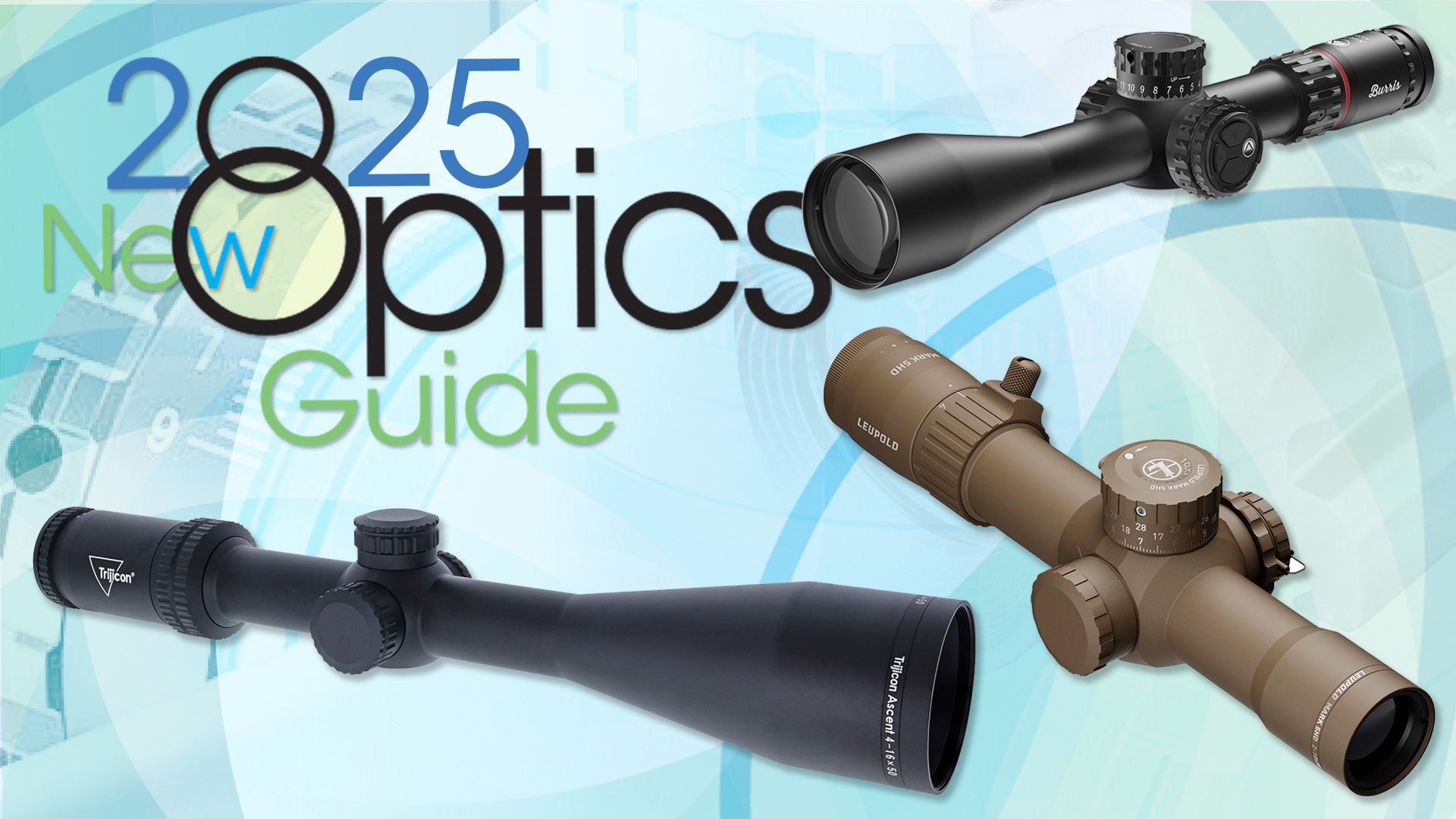



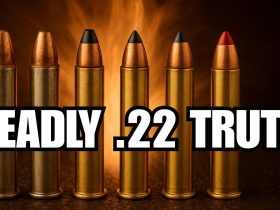



Leave a Reply